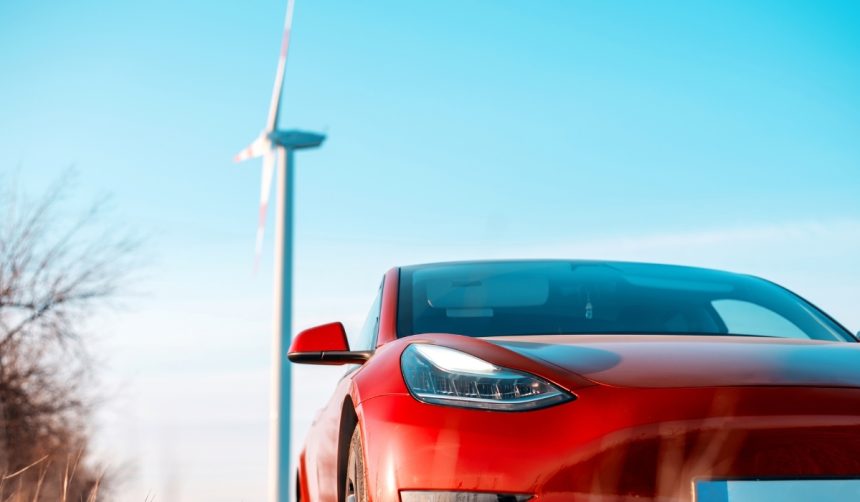Tesla’s Full Self-Driving (Supervised) V14.1.2 now includes Mad Max mode, delivered as part of the brand’s ongoing software evolution. Early response from Tesla owners demonstrates a strong interest in this new feature, with many suggesting it allows vehicles to handle challenging traffic conditions with increased agility. The rollout comes after months of anticipation among the Tesla community, who have been quick to share their experiences and observations online. Mad Max mode emphasizes rapid acceleration, quicker lane changes, and a bolder driving style compared to the earlier Hurry profile. Everyday driving in dense urban environments could be noticeably affected as Tesla aims to balance speed, safety, and assertiveness within its self-driving platform.
Earlier updates of FSD introduced various speed profiles, but the Mad Max mode now appears to provide a more confident response to dense traffic. Previous releases emphasized caution and gradually introduced users to hands-off driving. Now, testers are reporting not just assertiveness but a marked increase in how actively the system manages traffic, which was absent in earlier iterations. The consistent theme remains Tesla’s incremental improvement; however, users note that the feeling of autonomy is stronger, and the system’s responses to all kinds of traffic scenarios are more refined.
How Are Drivers Testing Mad Max Mode?
Many Tesla owners began testing the Mad Max mode immediately after downloading the update, often conducting trials during nighttime due to the late release. Several social media videos feature Mad Max mode maneuvering through traffic with apparent ease and maintaining higher speeds. In real-world conditions, drivers remarked on the prompting for lane changes and the system’s ability to keep up with aggressive traffic flow. Statements from users highlighted the feature’s utility for busy city commutes, where unpredictable vehicle movements are common.
Does the New Mode Alter Driving Behavior?
Testers have described the driving characteristics of Mad Max mode as a balance between quick reactions and safety, particularly on open roads where acceleration is noticeably brisk. Longtime FSD testers believe that the mode was designed to better navigate heavy and aggressive traffic, which allows vehicles to blend in naturally with human-driven cars. One Model Y owner noted,
“Mad Max mode drives very quickly and confidently. It accelerates MUCH quicker off the line (love that) and maxes out at 85mph on the highway.”
This sentiment was echoed by other users who pointed out the feature’s confidence without compromising a smooth driving experience.
What Motivates Tesla to Implement Such Modes?
Ashok Elluswamy, Tesla’s Head of AI, explained that Mad Max mode was tailored for congested, daytime traffic scenarios—environments known for their unpredictability and stress. By programming FSD (Supervised) V14.1.2 to handle these challenges assertively, Tesla responds to a primary concern among drivers: fitting into aggressive urban traffic without hesitation. Tesla commented,
“Making the roads safer for humans & wildlife alike.”
By striving to enhance its system’s adaptability, Tesla positions itself to address pressures from both drivers and regulatory bodies regarding the safe deployment of autonomous technologies.
Tesla’s approach with Mad Max mode adds another layer to its autonomous ambition, giving owners a tool to manage real-world challenges more effectively on the road. For readers, understanding the progression from cautious automation to assertive driving software underscores Tesla’s commitment to resolving issues faced in daily commutes, especially in traffic-heavy areas. While user enthusiasm for quicker and bolder driving is evident, practical limitations and future regulatory assessments will likely shape the adoption and further refinement of such features. For safety-conscious consumers, learning about the different profiles and their respective applications is crucial in maximizing the benefits and minimizing risks associated with autonomous vehicles.










